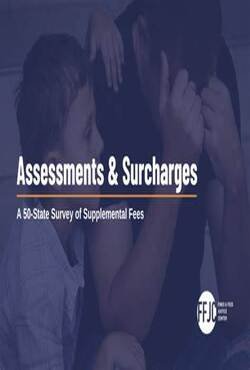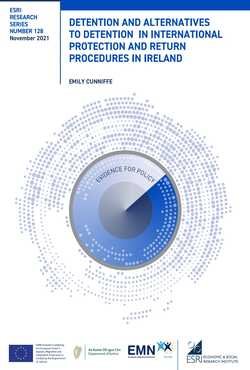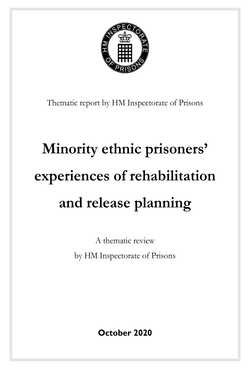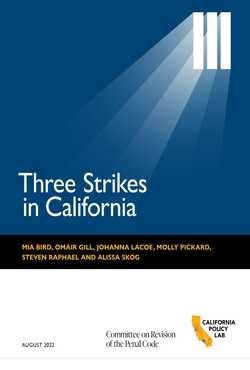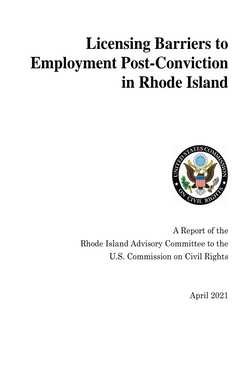By Josh Pacewicz and John N. Robinson III
This article investigates a trend in the Chicago region that defies conventional accounts of municipal politics and revenue-motivated policing: since the Great Recession, higher-income black suburbs have sharply increased collection of legal fines and fees. To explain this, we draw on a study of municipal officials to develop a racialization of municipal opportunity perspective, which highlights how racial segregation in the suburbs intersects with policies that encourage competition over tax revenue to produce fiscal inequalities that fall along racial lines. Officials across the region shared views about ‘good’ revenues like sales taxes paid mostly by nonresidents, but those in black suburbs were unable to access them and instead turned to ‘bad’ revenues like legal fines to manage fiscal crises—even where residents were fairly affluent and despite the absence of discriminatory intent at the local level. These findings invite inquiry into the racially uneven consequences of seemingly colorblind municipal fiscal practices in the USA and the distributional consequences of municipal governance in other national contexts.
Socio-Economic Review, 2021, Vol. 19, No. 3, 975–1003



